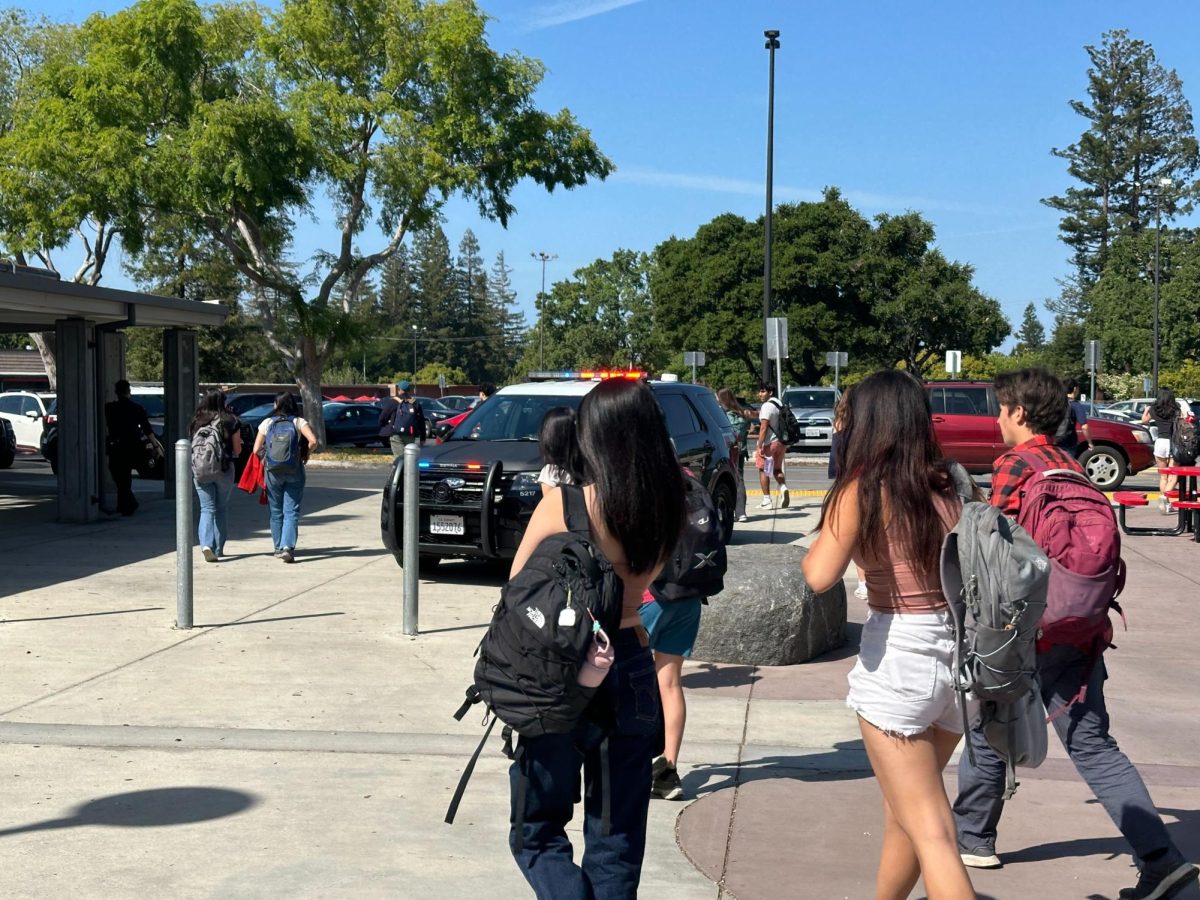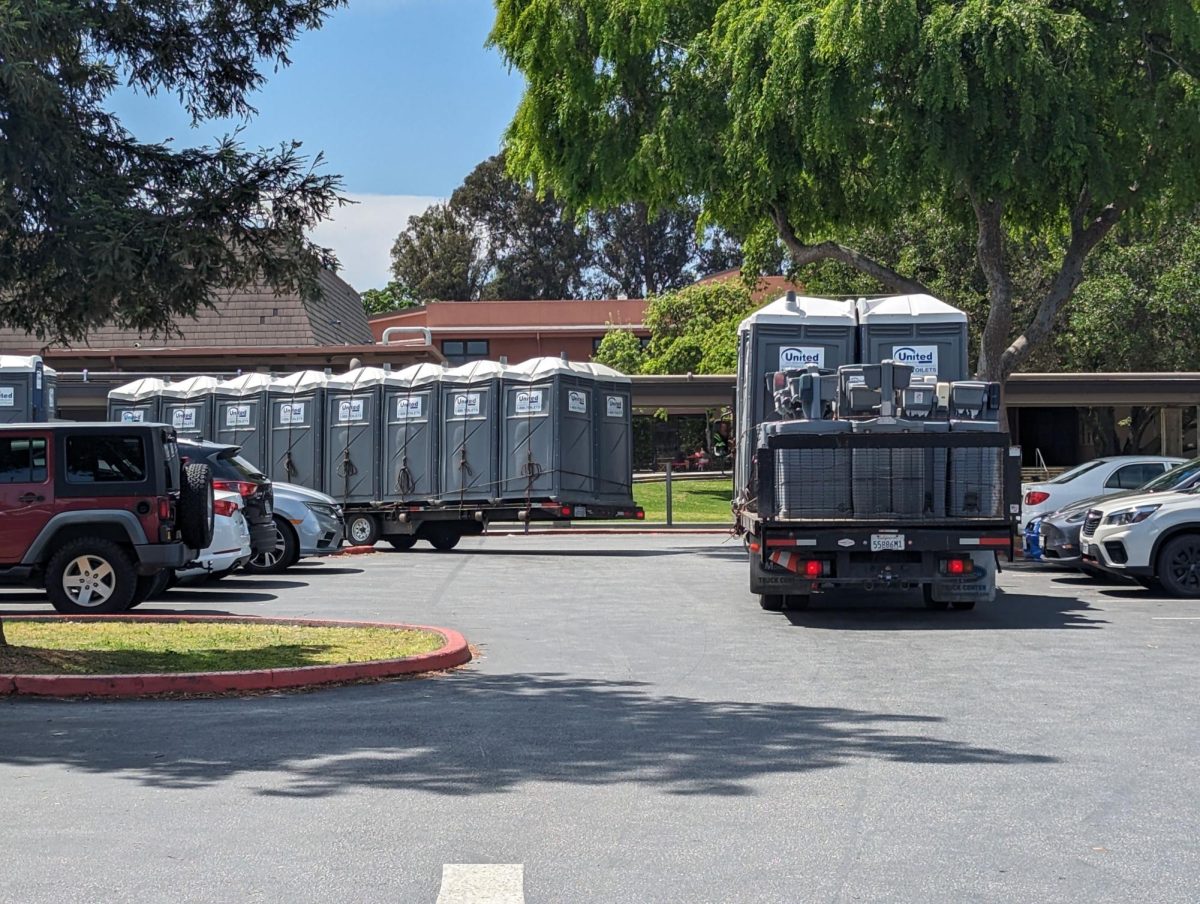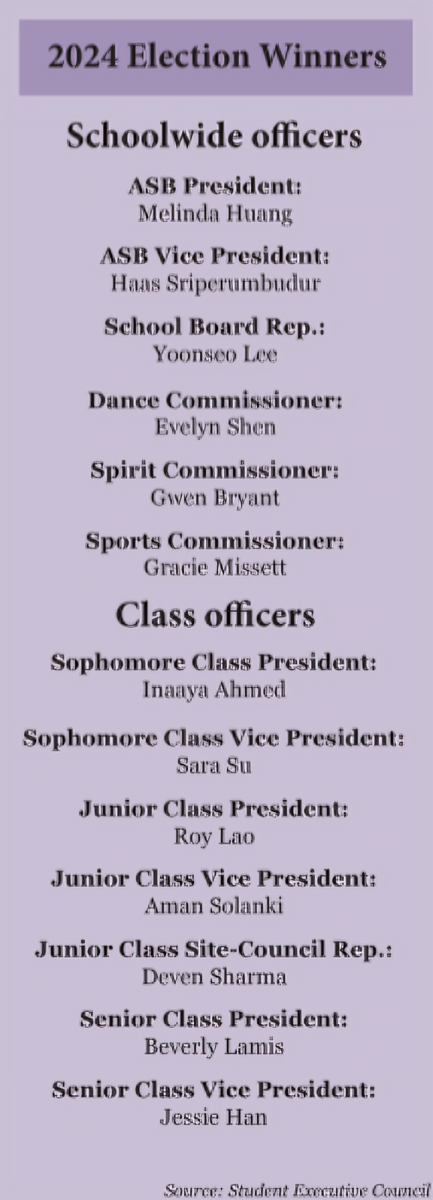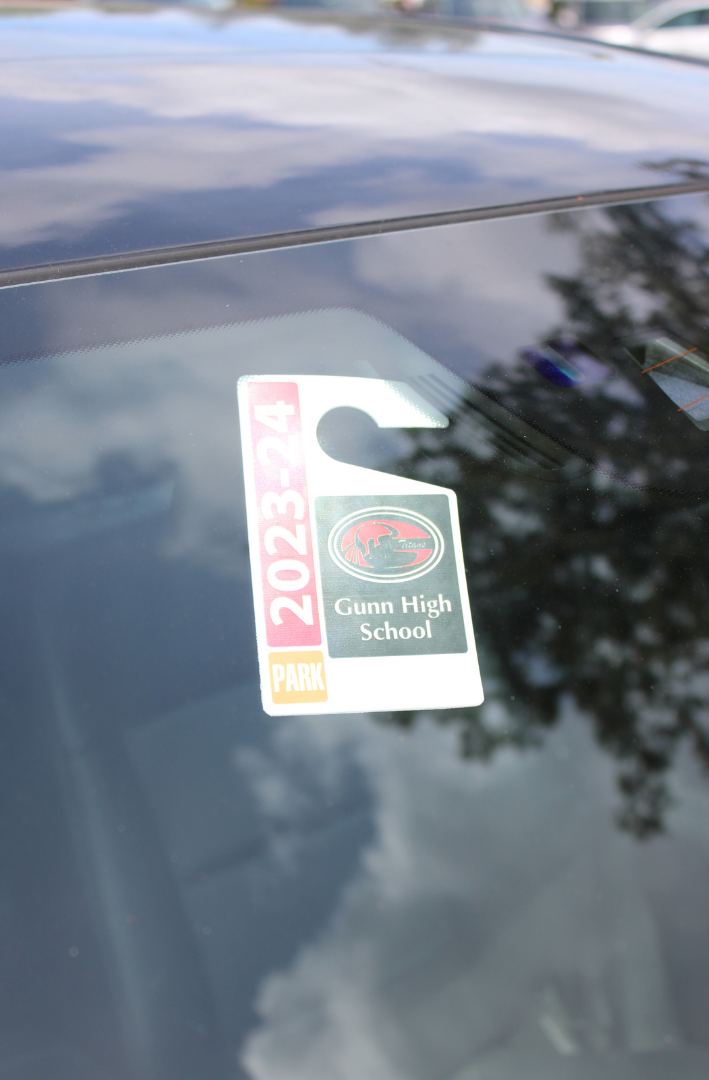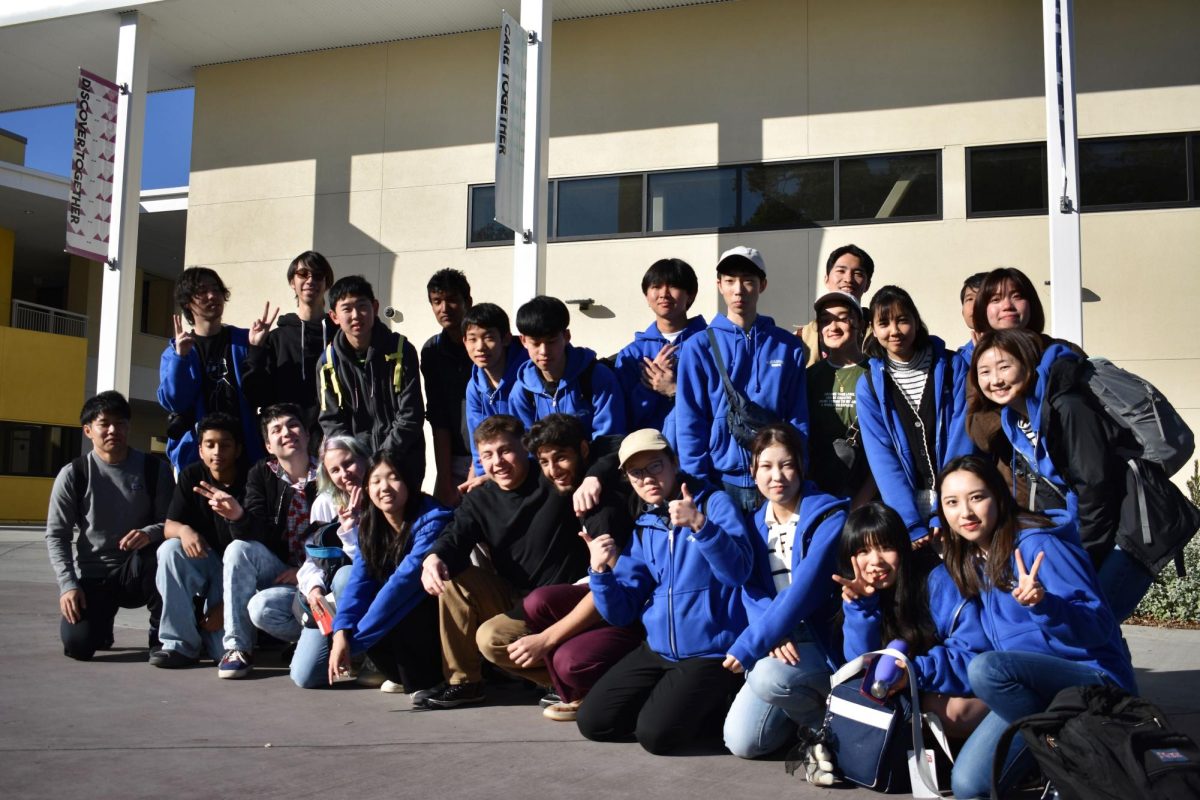Written by: Ellen Lee, Zoe Weisner and Catalina Zhao
On Jan. 9 senior Helen Jiang was named a semi-finalist of The Intel Science Talent Search (STS).
Jiang learned about Intel STS through word of mouth and decided to compete. “One of my close friends got ninth in nationals last year and she heavily recommended me to submit to this competition,” Jiang said. She began her project through the Stanford Institute of Medicine Summer Research program and began to create her research paper for the competition in August.
Her project focuses on improving and augmenting software known as Single Particle Image Processing Linux Engine (SIMPLE), which creates a three-dimensional volume reconstruction of single particles to specifically develop a volume construction of the transcription pre-initiation complex. “This can help better understand the transcription process, and hopefully break new ground on research on genetic disorders like Down’s syndrome,” she said.
Jiang’s personal interests in searching for medical cures has fueled her scientific endeavors. “Ever since I was a kid, I’ve always wanted to cure Parkinson’s disease because my grandfather suffers from it, and that sparked my interest in research,” she said. “I wanted to do something new this year to expand my research abilities.
Jiang is content with the outcome of the competition. “I was really happy since I didn’t expect anything,” she said.
She intends to complete her project and delve into further research. “I’m continuing to work on my code for improving one aspect of the SIMPLE software, but I think in the future, like in college, I’m going to try something different and focus more on Parkinson’s disease,” Jiang said.
George Yu:
Senior George Yu advanced to the semi-finalist stage in the Intel Science Talent Search competition. He conducted research on how to improve the power of the Linac Coherent Light Source (LCLS) laser at SLAC National Accelerator Laboratory.
SLAC designed its LCLS laser to allow scientists to render images of extremely tiny and complex biomolecules. “[The laser] will help biologists figure out molecules’ structures and help them make new drugs,” Yu said. “It also has other biological benefits, such as identifying pollutants.” Yu worked at SLAC to increase the laser’s power.
Under the mentorship of Tor Raubenheimer, Assistant Director for Accelerator Research at SLAC, and SLAC scientist Juhao Wu, Yu started his research last January. “I wanted to work towards submitting a project [to Intel], and my mentors encouraged me to do that,” Yu said.
Yu worked on the physics portion of the LCLS project that involved increasing the laser’s x-ray field by decreasing the magnetic field. “When electrons [from the laser] wiggle, they create x-rays, and we wanted the electrons to continuously emit x-rays,” Yu said. “We use algorithms in a computer, since it’s physically impossible to fire the laser every time, to run a bunch of these simulations.”
After performing some initial calculations, Yu ran close to 40 computer simulations of the laser’s x-ray production. “We used a simulation package that simulates all the particles and emissions,” Yu said.
Currently, Yu still goes to SLAC to conduct research for LCLS, and he might continue working on this project in the future.
Laura Tung:
Senior Laura Tung hopes her research in phosphonium-based ionic liquids will not only introduce people to the substance, but also make an important contribution to science. “What first inspired me to conduct this research project was the novelty of the field,” Tung said. “Ionic liquids have only recently gained prominence. I was attracted to the opportunity to explore uncharted waters, to have an actual probability of contributing to the field.”
Tung’s project, “Synthesis of Novel Phosphonium-Based Ionic Liquids and Analysis of Their Properties,” focuses on the chemical as well as material properties of ionic liquids.
According to Tung, ionic liquids have nonvolatile features that allow them to evade environmental problems most organic solvents create during industrial chemical processing. Essentially, ionic liquids can serve as an important component for safer technology development.
For her project Tung worked with Professor Mark Grinstaff of Boston University and Ph.D. candidate Emily Welsch as a research intern during the previous summer. Tung’s research included synthesizing novel phosphonium-based ionic liquids with different compositions. “I have synthesized novel phosphonium-based ionic liquids with unique structures and analyazed thermal degradation, phase changes and viscosity,” Tung said.
Tung hopes people will see the value of her research. “The results are important to understanding these phosphonium-based ionic liquids and to altering the composition for desired properties and applications,” Tung said.


